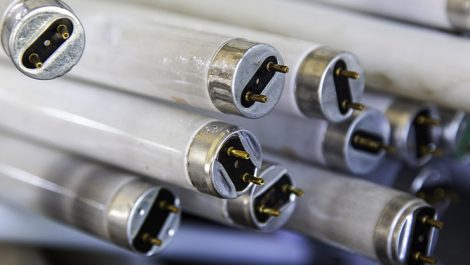We are told with increasing shrillness that something must be done about climate change. And it must, but too often we have dismissed the calls to arms simply because we can. We can hide behind the lazy idea that it’s not as bad as it seems, that someone, somewhere will deal with the problem, that it isn’t our responsibility. Recent events have put paid to that convenient complacency and the need to act becomes more urgent with each passing day.
There is still room for people to hide, mainly behind the trope that it’s all just numbers, that you can manipulate numbers to suit any argument. But there is no room for this excuse, no space to hide because the United Nations Framework Convention on Climate Change (UNFCC) does not allow it, or at least there is no evidence to suggest that the numbers are bogus.
The figures are real and they come from data provided by entities such as the European Union (EU). The Greenhouse Gas emissions data are submitted to the UNFCC according to technical processes and are the basis for international climate policies. For small businesses, such as printers and publishers, this can seem a world away from what we all do every day. But the classifications are based on emitting economic activities, along with footprints according to products people use in households, government or businesses, including investments and exported goods.
The most recent data were submitted in June 2019 and will be updated in June 2020. There are some important trends in this data, trends which have clearly lead to some dramatic responses from the public and from industry. For graphics professionals, awareness of the need to cut environmental footprints and GHGs is evident in requests for environmental policies and accountability. Companies with established CSR policies are reaching out to their suppliers to extend and revitalise them. And as the printing industry continues to consolidate, along with its supplier community, having such a policy will be a key differentiator. In the meantime we all need to keep cutting carbon and environmental impact however we can.
According to EU data in 2017 GHG emissions fell across the 28 member countries by 22% compared to 1990 levels. This amounted to 1240 million tonnes of CO2 equivalents, a decrease per person of 22% over the last two decades. That might not sound much but the EU’s population has increased by 6% and overall GDP by 43% over the period, so perhaps we are making progress after all. The news is still not good, but at least we may be heading in the right direction.
– Laurel Brunner
This article was produced by the Verdigris Project, an industry initiative intended to raise awareness of print’s positive environmental impact. This weekly commentary helps printing companies keep up to date with environmental standards, and how environmentally friendly business management can help improve their bottom lines. Verdigris is supported by the following companies: Agfa Graphics, EFI, Fespa, Fujifilm, HP, Kodak, Ricoh, Spindrift, Splash PR, Unity Publishing and Xeikon.





